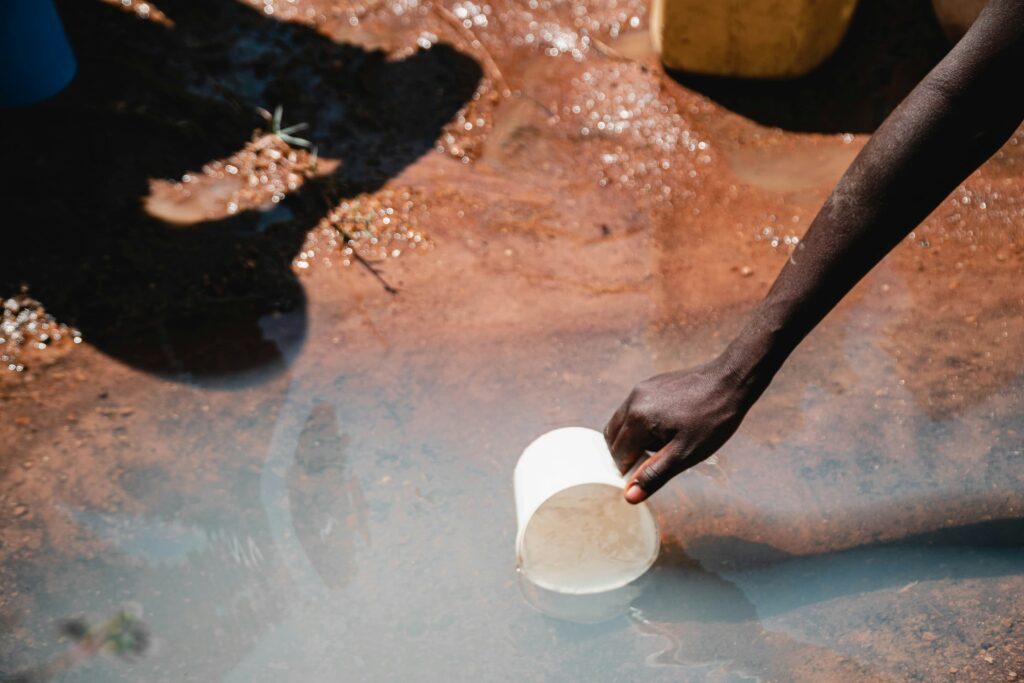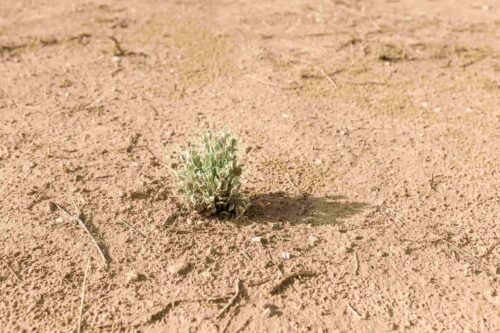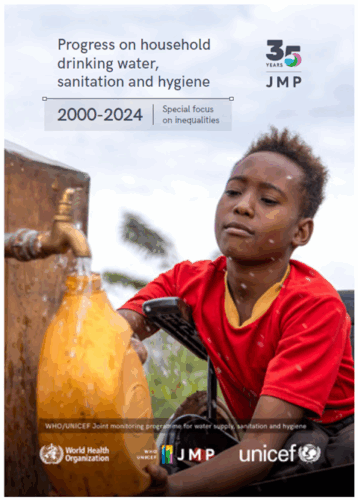
Life Stage and Reproductive Health Resource Scarcity
Data Centers Drink And Children Thirst: The AI Bubble’s Moral Mis-calculus. Forbes.
• News
WHAT IS PLANETARY HEALTH?
The limited availability of freshwater, rare earth metals, and arable land is an enormous challenge in many parts of the world.
The supply of natural resources such as soil, water, and minerals is diminishing due to climate change and consumption patterns. Their scarcity ripples outward to other systems humans rely on for survival, such as agriculture and aquaculture, aquifers, woodlands, renewable energy sources, and medical technology and supplies.
In particular, demographic changes are driving sharp increases in global water and energy demand at a time when climate change and unsustainable water use promises to increase water scarcity in a variety of ways, and the emissions and runoff from mining activities negatively impact water, air, and soil quality. Ironically, the demand for renewable energy also increases the need for rare earth metals which are extracted at the expense of nature. Competition for scarce resources has also been linked to displacement of populations and conflict.

Generations of resource extraction and overuse of ecosystem services have scarred the natural environment: the planet cannot support current levels of human consumption, and the benefits we derive from ecosystem services and natural resource consumption can no longer justify the destruction of the environment. Research to better characterize these challenges and identify systems-level solutions to competing needs for ecosystem services is urgently needed.
Life Stage and Reproductive Health Resource Scarcity
• News
Resource Scarcity Disaster Preparedness and Adaptation
• Research & Reports
Life Stage and Reproductive Health Resource Scarcity
Despite technological progress, humanity operates beyond planetary biophysical limits and continues to face unmet needs. This paper explores the intersection of medicine, economic wellbeing and ecological sustainability in the context of global resource scarcity.
• Research & Reports
Resource Scarcity Equity and Justice
WHO and UNICEF examine global progress in access to safe drinking water, sanitation, and hygiene between 2000 and 2024, highlighting gains made by billions of people worldwide. Despite these improvements, access remains uneven, with slower progress in urban areas and low-income countries.
• Research & Reports
Infectious Diseases Life Stage and Reproductive Health
• Research & Reports



